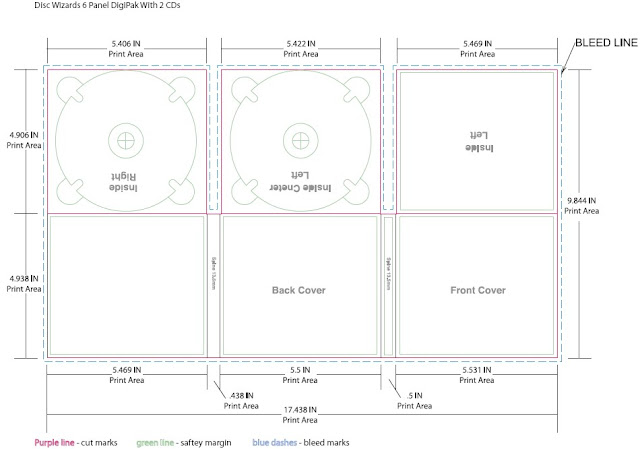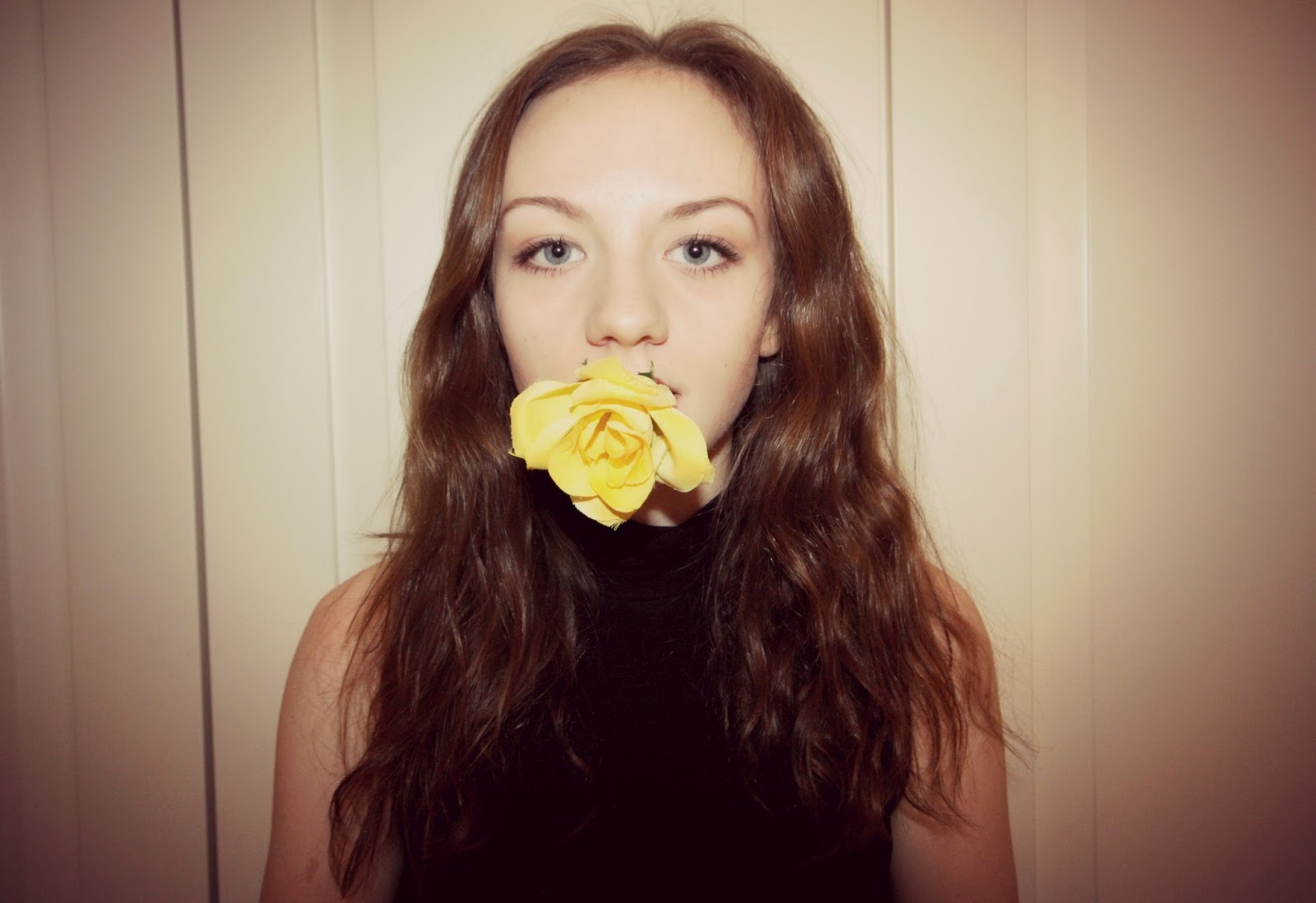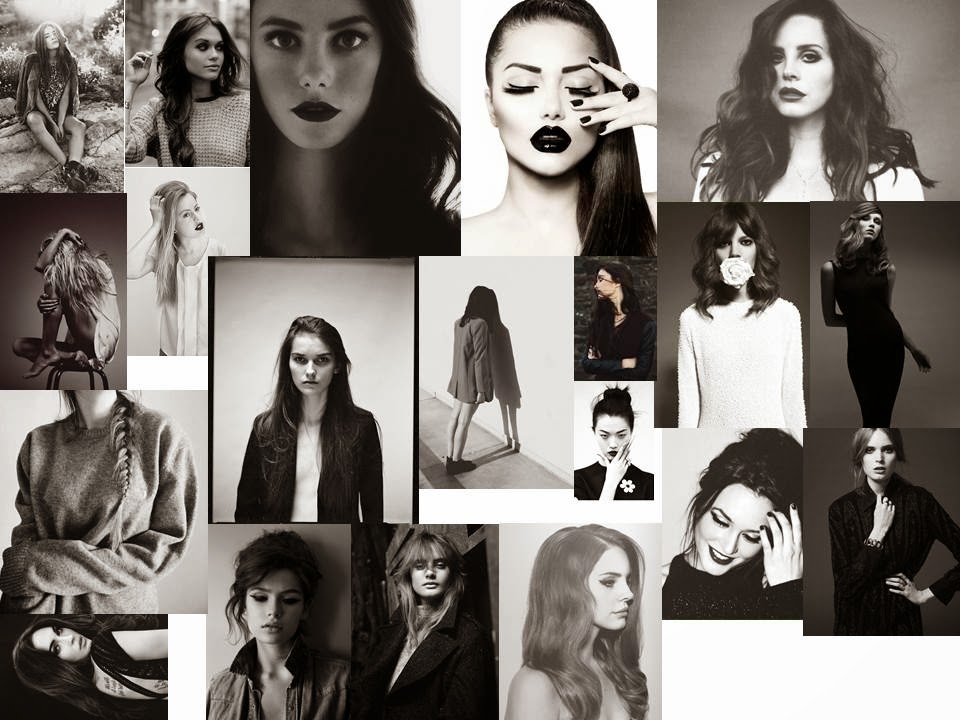Postmodernism - confusion of time and space
A Knights Tale - mixes 14th/15th century with 20th century
Bricolage - creating a new text, through intertextual references
Commodification of merchandise - feature of post-modernism
Character, meant to be Geoffry Chaucer - famous historical figure - offers an alternative background and reality
The Simpsons - 1992/3
An example of 'bricolage'
Halloween Special - Treehouse of Horror IV
- intertextuality
- ironic playfulness
- self-reflexivity
Gravestones with cultural references
- balanced budget - polital satire
- elvis
- TV violence
- subtle political satire
- ironic playfulness
Lisa - picasso and as 'the screan'
Maggie - salvador dali
Intertextual reference - family guy & the simpsons
Bart - in a suit :
- Rod Serlings Night Gallery
Self-reflexive - Marg 'warn people the episode is scary' - aware of an audience
War of the Worlds - did it as a news broadcast - people belived it - Marg refers to it - creates irony
'The Devil and Homer Simpson'
- 1 part of the episode
- Based on 'The Devil and Daniel Webster'
- 1941 film
- Flanders plays the devil - normally a fundamental Christian
Representation of the devil - reference to film 'fantasia'
The idea that Bart knows the Devil
Tomorrow midnight - taken directly from the film
CGI - can create alternative realities
'Ironic punishment division'
Lawyer - watched a law show - ironic, he doesn't know what he is doing
Lizzie Borden, Richard Nixon, Black Beard
Ironic playfulness of American Police Force - coffee and donuts
'Terror at 5 1/2 Feet'
- Nightmare at 20,000 feet




